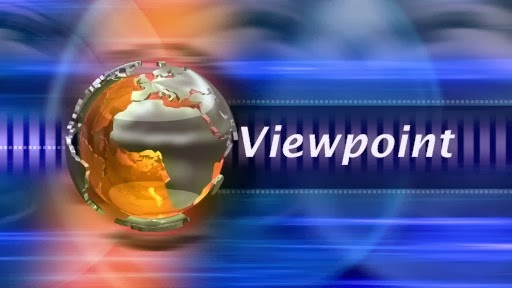2001 marked the 50th anniversary of a company which in its own way, revolutionised radio worldwide.
Until 1951 any jingles that were heard on a radio station in the
United States of America had been produced locally. An example of this
was KLIF, a station that went live in 1947. The station had its own
staff singers, which might seem strange now, but it was fairly common
practice back then.
The station's music director, Bill Meeks collaborated with the
singers to produce the station's first on-air jingle package. In 1951
Bill Meeks left KLIF and founded a company called PAMS, which promoted
itself as a commercial music production house and advertising agency
whose initials originally stood for Production, Advertising, Marketing
and Sales, the four areas that Bill felt clients needed help in. In
later years, the S was changed to mean Service.
The company was based in Dallas, Texas. But this was not by accident,
rather, it was by the design of a gentleman called Bill Harris, who was
the local director of the American Foundation of Musicians. He pushed
for musicians to be paid transcription rates rather than the much higher
national advertising rates. Had this not happened in 1951, its quite
possible that PAMS might have been based in New York or Los Angeles and
as such it might have meant that radio stations today would be traveling
to those locations rather than Dallas for their jingles.
Soon after, PAMS sold the very first syndicated package of jingles to
KDNT in Denton, Texas. This was to become known as the Series 1
package. The package was basically a collection of pre-recorded backing
tracks, an economical and flexible way of producing station ID's.
However the package had no consistent logo melody. The package was
produced specifically for the station, therefore it was not a custom
package, but a syndicated package.
In 1955, PAMS started to face some serious competition in the sector
with the formation of Commercial Recording Corp., and three former PAMS
employees got together in 1958 to form Futuresonic, but despite the
competition from these and many other companies including Music Makers,
Jingle Mill and Pepper Sound, PAMS became known as the world's most
creative and dominant supplier of radio jingles.
In all, PAMS created 49 numbered packages with numerous variants,
many named packages for clients across the world. Among the stations
that used PAMS jingles were
- BBC Radio 1 and Radio 2
- WABC in New York
- WMGM
- WYNR
- WFUN
- WXYZ
- KFWB
- KGW
- WGAR
- WWDC
- WLS
- KLIF
- KNX
- and many others including pirate station Radio London.
In the late 1970's, PAMS ceased trading because of financial problems, but the company never went into bankruptcy, nor was it dissolved. For over 10 years the future of the company and the jingles themselves were left hanging on legal threads.
Then in 1990 another former PAMS employee, Jonathan Wolfert, who had left PAMS in 1971 to form his own company, JAM Creative Productions, bought the shares of the company.
You might think that the story ends here, but you'd be wrong. Because in the years since the company became inactive, several other companies, including the Creative Productions Marketing Group (CPMG), had started offering re-sings of the PAMS packages. It meant extensive legal research had to be carried out to determine who held the valid copyright to the PAMS material. It was eventually determined that the original PAMS corporation, that had been bought by Jonathan Wolfert, still owned the jingles. PAMS had to resort to legal proceedings to resolve all the conflicting claims.
A settlement was reached in February 1997 and since then, JAM have sold re-sings of the classic jingles out of Dallas, Texas, whilst a company called KenR offer re-sings out of Toledo, Ohio.

